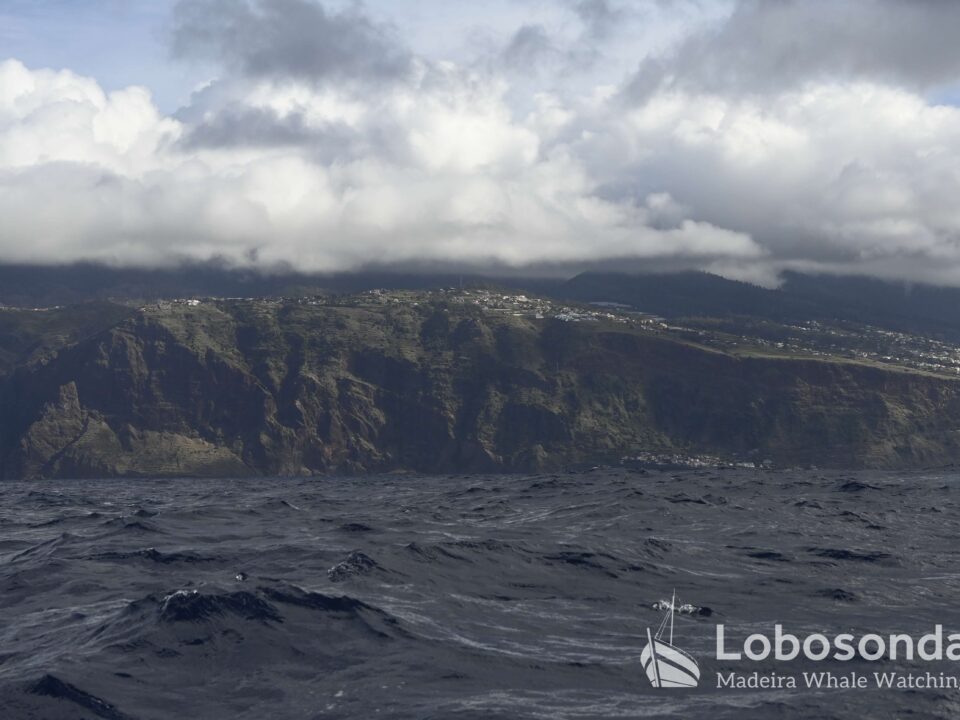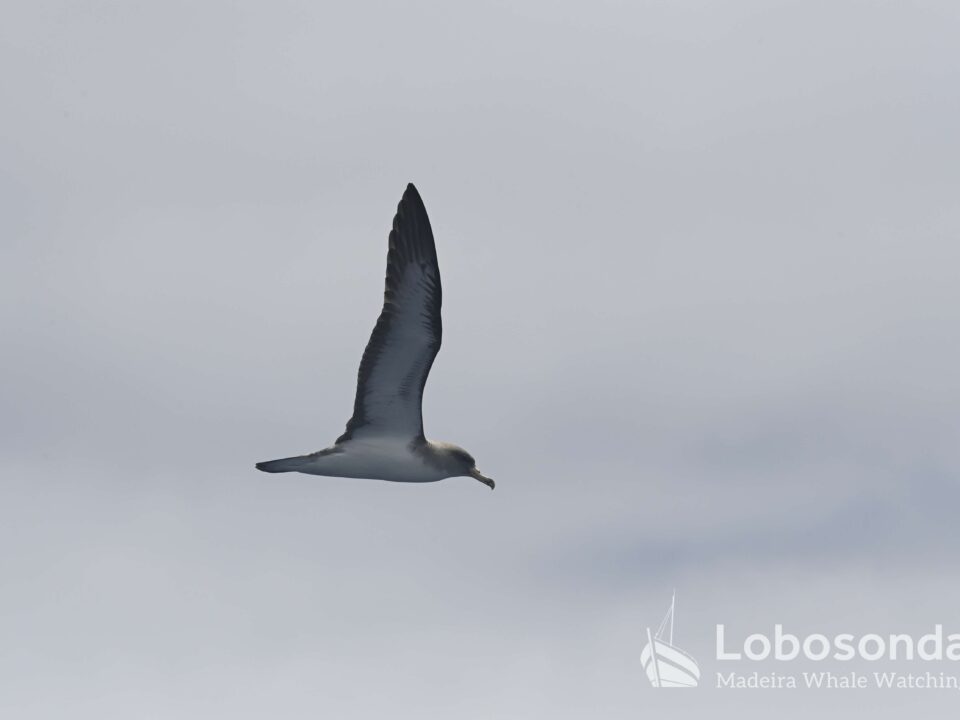
20.07.2021 – With different eyes
July 26, 2021
22.07.2021 – Islands in the sun
July 29, 2021Dolphins behave very differently. Some are naturally more reserved in contact with people. When encountering Bottlenose dolphins (Tursiops truncatus), both can be possible, close contact or even disinterest. This morning we had a large school of Bottlenose dolphins, but we couldn’t get close. Never mind. We let them go their way. It is their right to show what they (not) want. After all, we are only visiting in their habitat. However, we met a group of the Atlantic spotted dolphins (Stenella frontalis). They were extremely interested in us. Curious, lively, adventurous, they circled us. This little species of dolphin always looks so happy: And so often they make our guests happy! That in turn makes me happy! The second school of the Atlantic spotted dolphins were more interested in each other. Love was in the air! I hope it made them happy. Please take a good look at the photo with the Cory shearwater (Calonectris borealis) sitting on the surface of the sea. Look very carefully.
In the afternoon, we had a school of Bottlenose dolphins. This time they were interactive. The three calves got wild. The little ones enjoyed the freedom their mothers gave them. They chased each other, they practiced leaps and dared to approach the boat. Dolphin calves learn through play. A chase trains speed and strengthens muscles. And without question, it’s fun! Leaps train dexterity and enable communication. And without question, it’s fun! The approach to our boat? Well, the courage is tested. And there is no question that we enjoy it! Hopefully they did too. Iam sure that was the case with these little happy babies. Oh, and we had very, very many flying fish (Cheilopogon melanurus) on this tour.
Happy! The dolphins were happy today, our guests were happy today. What a valuable experience in these times.
By Fatima Kutzschbach
Sightings of the day
Ribeira Brava
10:00 Bottlenose dolphins, Atlantic Spotted dolphins, Cory Shearwaters, Loggerhead turtle, Portuguese man o’war
15:00 Bottlenose dolphins, Flying fishes, Portuguese man o’war






























